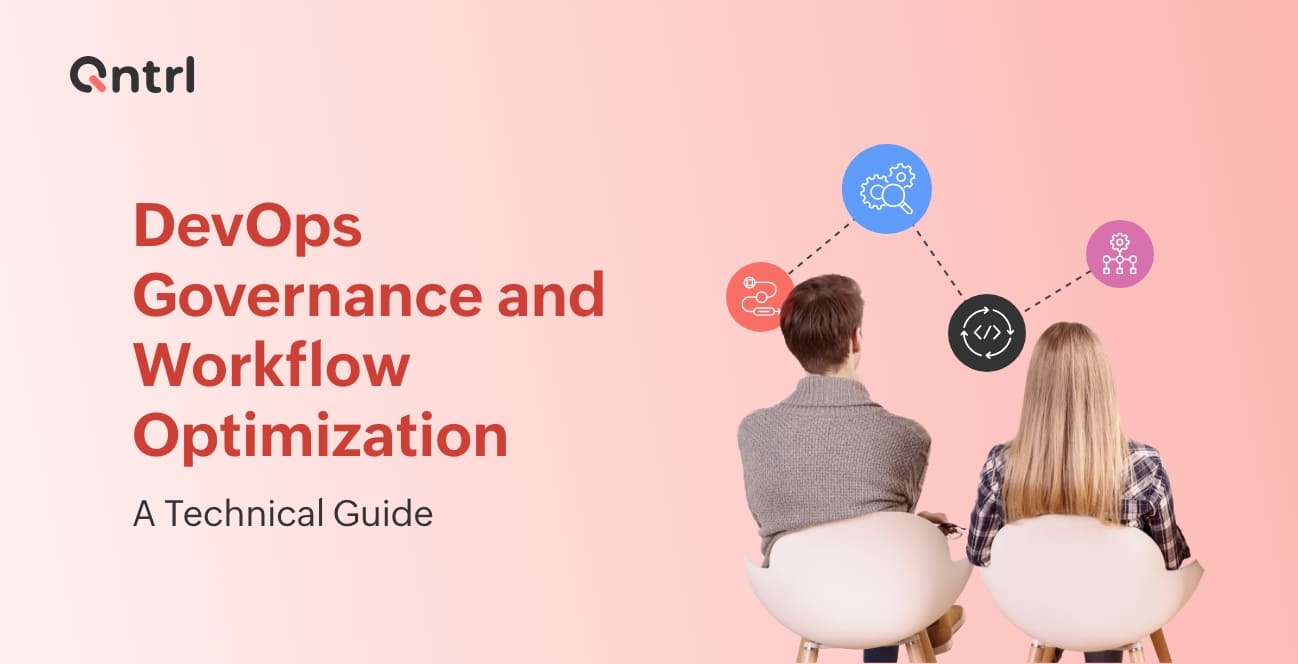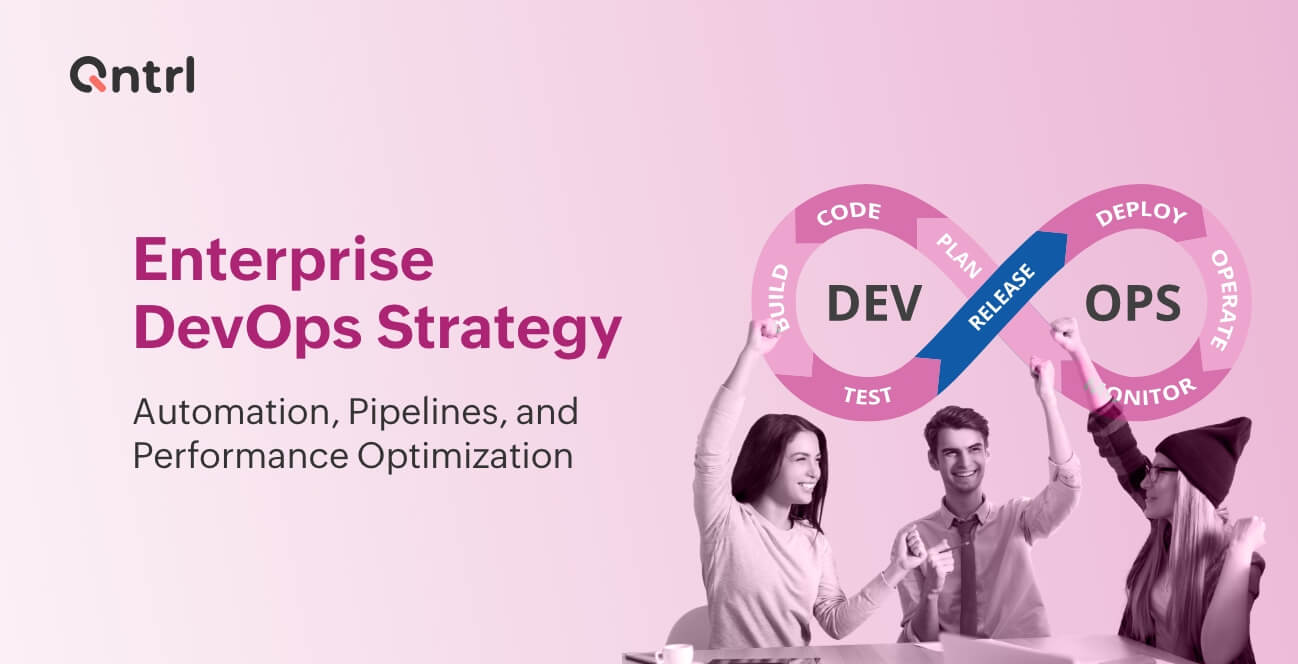Making your business more competitive, quick to respond to market changes, and innovative is important. One of the ways to do this is to have an agile workflow.
Agile workflows help companies become more competitive, especially in innovative and speed-driven markets like technology, because they help the team increase efficiency and adaptability.
If this is your case, stay with us: this article will help you understand how to implement an agile workflow on your team.
What is an agile workflow?
A traditional workflow is often a linear progression: plan, execute, test, and release. The problem is that, especially with constant market changes, often during the execution phase, the landscape changes and scope are modified.
In these situations, a regular flow doesn't work. This is where the agile method and its non-linear workflow come in. Agile focuses on continuous delivery, so it works in a constant flow. See the example that Zoho, Qntrl's parent company, has put together:

This way of seeing things, to always be in production mode, iterating, and going back to the beginning of the cycle makes the process exactly what the name of the method promises: more agile. This brings more flexibility, transparency, and efficiency.
TheAgile Manifesto has four core values:
- Individuals and interactions over processes and tools
- Functional software over comprehensive documentation
- Collaboration with customers over contracts and agreements
- Responding to change over following a plan
Because of these values, the agile methodology can focus on the customer and continuous improvement.
What are the benefits of an agile workflow?
There are several advantages to adopting an agile workflow, but we're going to list the most impactful ones - especially taking into account the IT or technology area.
Speed: With a continuous work cycle divided into shorter periods, the agile workflow accelerates deliveries.
Engagement: Due to the focus on the customer and quality, there are clear objectives, and the team ends up naturally more engaged and motivated.
Quality: The culture of listening to customers and users, in addition to continuous testing and ongoing deliveries, increases the quality of the result.
Customer satisfaction: As a good delivery is above contracts or agreements, customers and users are always involved, resulting in more suited to their needs.
Productivity: Without excessive meetings and micromanagement, the team can focus on value and accelerating deliveries.
Change management: As we explained before, the cycle is not sequential but circular, which allows room for changes, as the agile workflow always goes back to the beginning and iterates.
How to implement an agile workflow on your team
The first step in implementing an agile workflow is to assess the current situation of the team:
- What is the business process today?
- Are there bottlenecks?
- Which areas would benefit from an agile workflow?
It's paramount to involve all stakeholders and team members in this assessment phase to understand needs and capabilities more accurately and comprehensively.
After mapping these out, choose an initial process to implement the agile method. There are 3 well-known agile frameworks for you to choose from:
- Kanban: This is a visual method - a board with cards that gathers tasks in columns according to their status. You can organize the workflow and assignments in a simple way with it.
- Scrum: In this framework, the work is divided into cycles of 2 to 6 weeks called sprints, which generate small deliveries that will lead to the final product. The idea is to build the scope gradually, track progress carefully, and accommodate changes without stress.
- Lean: The focus of lean, created by Toyota, is to streamline the process and avoid wasting time, space, resources (human or otherwise), whatever it is. The continuous flow is reduced to a minimum of steps, and the delivery, now leaner, can be faster and allow time for improvements.
After choosing one of them, redesign your process and workflow, considering the organizational context and the specific challenges listed in the assessment.
In this ideation phase, consider the purpose of the change in order to define goals and metrics based on it—even to understand whether this pilot project will achieve the desired success.
It's also crucial to define roles and responsibilities in the new process, considering the strengths and weaknesses of the people on the team. Leave it well described and clear, aligned with the objectives of both the company and the agile workflow itself. Remember, clarity and transparency are pillars of this methodology.
With a detailed plan, which includes milestones, deadlines, and responsibilities, you need to communicate it clearly to the team and train the people involved to work within the new workflow.
The pilot project — started with just one of the processes — follows the premises of the agile methodology itself, which provides for faster deliveries in shorter terms and the ability to iterate, improve, and collaborate.
Continuous improvement is a part of it
After implementing the first agile workflow on the team, evaluate the progress and results regularly.
Carrying out these evaluation retrospectives on a regular basis, and adjusting the course is part of the process that will help in the gradual implementation of agile methodology on the team. Take advantage of this moment to learn from successes and mistakes. This will also help the team assimilate the agile culture and adopt the new workflow.
It may seem like a slow process at first, but remember what your team stands to gain - more transparency, speed, adaptability, flexibility, productivity, and quality.
So, are you already thinking about implementing an agile methodology for your team's workflows?







